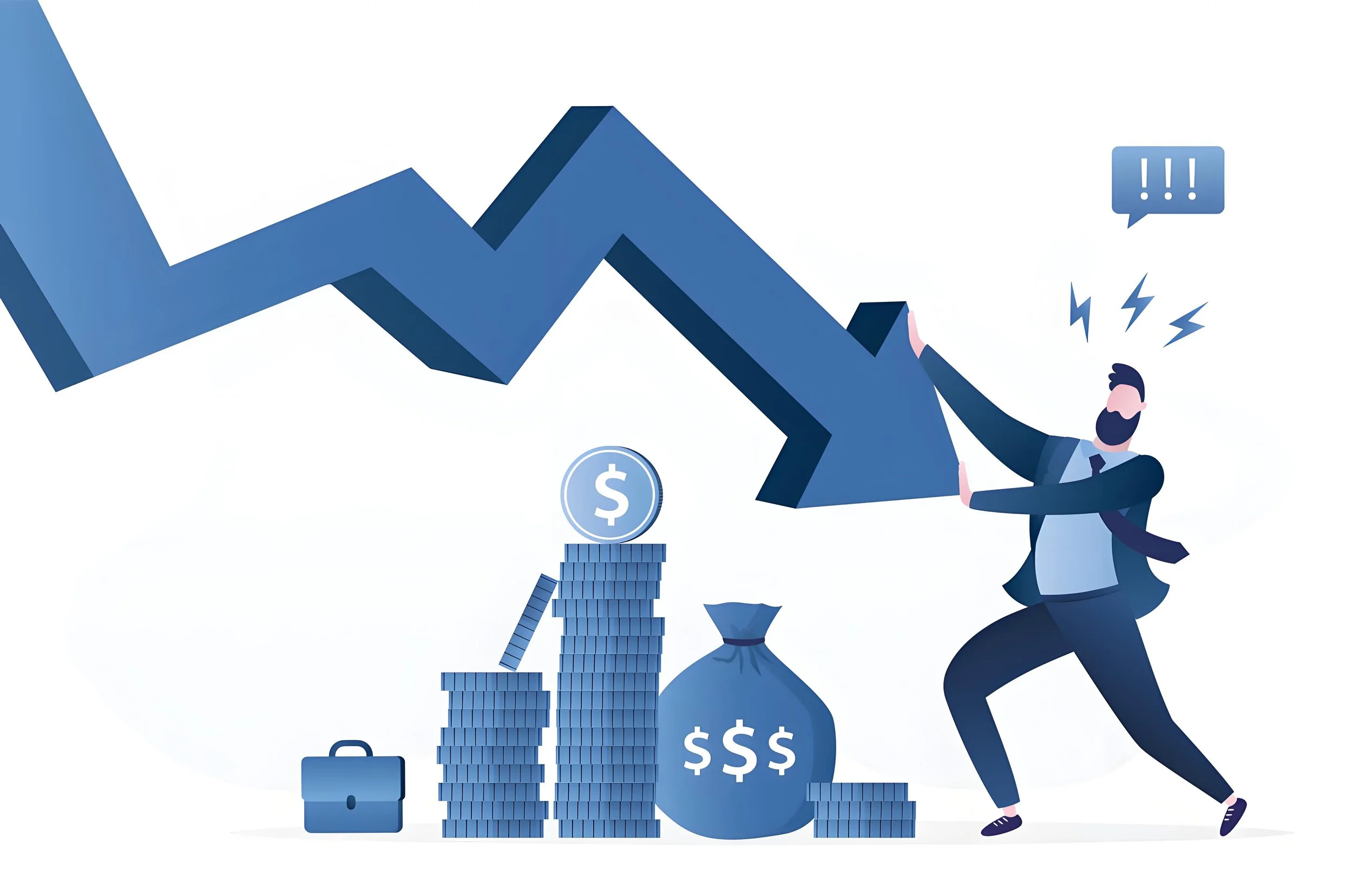Strategic Cost Optimization in Global Logistics: Turning Expenses into Competitive Advantages
In an era of squeezed margins and rising supply chain complexity, logistics costs can make or break profitability. Our 17% average cost reduction for clients isn’t achieved through simple rate negotiations—it’s the result of a systematic cost-engineering framework that identifies, analyzes, and eliminates inefficiencies across the entire supply chain.
1. The Cost Intelligence Framework
Three-Pillar Optimization Methodology
① Smart Procurement & Consolidation
Multi-Client Consolidation: Combining shipments from non-competing businesses to fill containers and aircraft, reducing unit costs by 22-35%
Dynamic Carrier Selection: AI evaluates 14 cost variables (fuel surcharges, seasonal demand, empty backhauls) to select the most economical option
Dead Mile Elimination: Our load-matching algorithm reduces empty return trips by 41%
② Customs & Duty Optimization
HS Code Engineering: Restructuring product classifications to legally minimize duties (saving 8-15% on landed costs)
FTAs Utilization: Automated application of 14 free trade agreements (e.g., USMCA, RCEP, ASEAN)
Bonded Warehousing: Delaying duty payments until goods are sold, improving cash flow
③ Inventory & Storage Efficiency
Demand-Weighted Positioning: Storing fast-moving SKUs closer to buyers, reducing last-mile costs by 19%
Just-in-Time Cross-Docking: Eliminating storage time for pre-allocated goods
Flexible Warehousing: Scaling space up/down to match seasonal demand
Case Study:
An electronics retailer reduced EU logistics costs by 28% by:
✔ Switching from air to rail-air hybrid for non-urgent stock
✔ Leveraging UK bonded warehousing to defer VAT
✔ Consolidating shipments with complementary brands
2. Transparency & Cost Control Tools
Real-Time Spend Analytics Dashboard
Cost Breakdowns: Per-shipment visibility into transport, duties, handling fees
Variance Alerts: Flags cost deviations (e.g., "This lane is 12% pricier than last quarter")
Benchmarking: Compares your rates against industry averages
"ClearCost" Pricing Model
No Hidden Fees: All surcharges disclosed upfront
Cost-Cap Guarantees: Lock maximum rates for 6-12 months
Scenario Modeling: "What-if" analysis for new trade lanes
3. Industry-Specific Savings Strategies
IndustryKey Cost LeversTypical SavingsE-CommerceParcel consolidation, returns optimization18-25%AutomotiveMilk runs, JIT sequencing15-20%PharmaTemperature-controlled zone shipping22-30%RetailSeasonal pop-up warehouses12-17%
4. The Financial Impact: Beyond Direct Savings
Our clients gain compound value:
✅ Lower Working Capital Needs (delayed duty payments, faster turnover)
✅ Reduced Obsolescence (less overstocking, fewer dead inventories)
✅ Competitive Pricing Power (lower landed costs = better margins)
Example: A fashion brand cut logistics costs by $2.3M/year, allowing 9% price reductions that boosted market share.
5. Continuous Improvement Engine
We don’t just set and forget—cost optimization is an ongoing process:
Quarterly Audits: Identify new savings opportunities
Market Intelligence: Adjust strategies for fuel/regulatory changes
Tech Upgrades: New algorithms (e.g., 2024 Carbon+Cost Routing)
Your Next Step: The Cost Optimization Assessment
Want to see where your supply chain leaks money? Our free 15-point diagnostic uncovers:
🔍 Top 3 cost-saving opportunities for your business
📊 Projected savings based on your shipment profile
🛠 Customized action plan
This isn’t just logistics—it’s profit engineering.
Would you like a vertical-specific deep dive (e.g., Amazon sellers vs. industrial manufacturers)? I can tailor the analysis.

